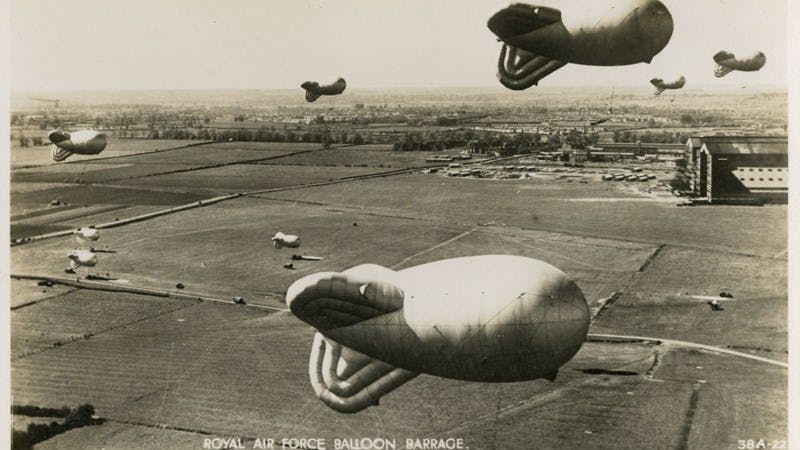SOURCE: AFI

The Indian Air Force’s (IAF) role in the 1999 Kargil War was pivotal. This article explores a lesser-known challenge faced by the IAF during its night strikes – Pakistan’s deployment of “balloon barrages” along the Line of Control (LoC) in the Kargil Sector.
The summer of 1999 saw the IAF conduct its first-ever nighttime missions along the LoC to dislodge Pakistani intruders from Indian territory. However, their operations faced an unexpected hurdle – numerous balloons tethered at various points. While the balloons themselves posed some threat, the real danger came from the thin, nearly invisible strings attaching them to the ground. These strings posed a severe risk of entanglement for low-flying aircraft.
In a display of remarkable ingenuity, a young member of the IAF squadron devised a simple yet effective solution. By utilizing the Global Positioning System (GPS) to monitor wind direction, the team could predict the downwind position of the strings. This crucial information allowed pilots to adjust their flight paths and safely navigate around the balloons, ensuring mission success.
This instance exemplifies the IAF’s ability to adapt and innovate under pressure. The young officer’s quick thinking and the squadron’s willingness to embrace his solution highlight the importance of fostering a culture of innovation within the IAF. This adaptability continues to be a cornerstone of the IAF’s success in safeguarding India’s airspace.